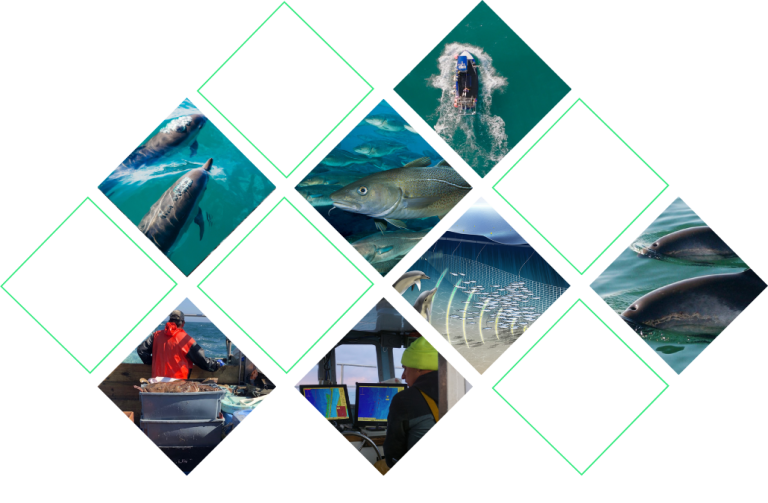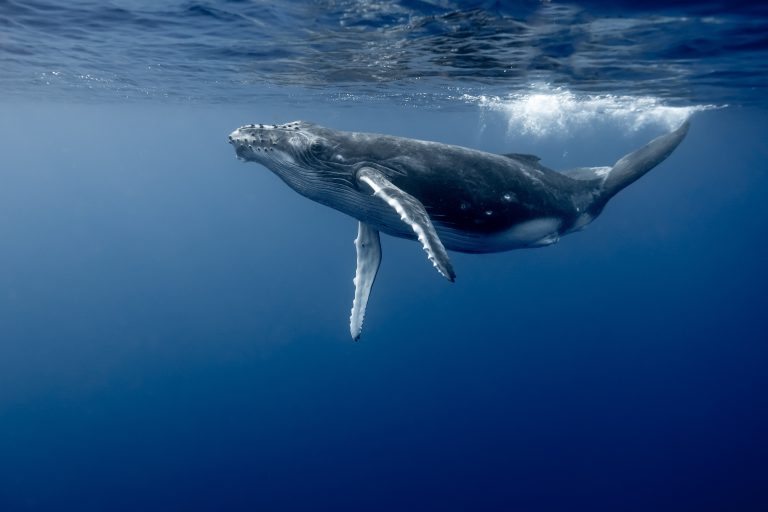THE PROBLEM
Bycatch is a leading threat to more than 80 ceteacean species including the North Atlantic right whale, Arabian Sea humpback whale and Vaquita porpoise in the Gulf of Mexico. The harbour porpoise is also extremely vulnerable to bycatch, with one study in Norway showing that between 2006-2008 almost 7,000 harbour porpoises died each year in gillnets used for cod and monkfish.
The prospects for these and many other cetaceans remain bleak, particularly for those populations in developing countries with extensive small-scale fishers.

